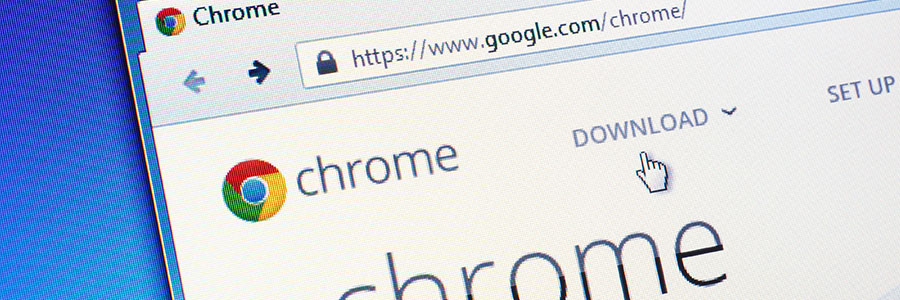Google Chrome currently marks HTTPS-encrypted sites with a green lock icon and “Secure” sign. And starting in July, Chrome will mark all HTTP sites as "not secure.” Google hopes this move will nudge users away from the unencrypted web. Read on to learn more about the forthcoming changes.
Chrome: From HTTP to HTTPS
Sly phishing attack catching users off guard

Most phishing attacks involve hiding malicious hyperlinks hidden behind enticing ad images or false-front URLs. Whatever the strategy is, phishing almost always relies on users clicking a link before checking where it really leads. But even the most cautious users may get caught up in the most recent scam.
Chrome 57 comes with some serious upgrades

Google releases a new version of Chrome almost every month. Some updates involve minor bug fixes and improvements, while others feature many more exciting additions. For its latest release, version 57, Google announced some serious upgrades to Chrome, and here are the three we think you’ll be more interested in.
Google OKs HTML5 as the default in Chrome
The coolest Chrome feature no one knows about

Back in 2013, Google released a tiny HDMI device to widespread praise. No bigger than a run-of-the-mill flash drive, Chromecast allowed you to broadcast certain applications from your desktop or smartphone screen to your TV. Considering how easy it was to set up, and the $35 price tag, we didn’t think it could get any better than that.
Native ad blocker is coming to this browser

Ads are becoming increasingly intrusive on today’s web browsers. They can slow down the load time of pages, and cause potential security and privacy issues. So it’s no surprise that ad blockers are becoming more and more popular. However, as they do, they’re also cutting into the revenue of online advertisers.



